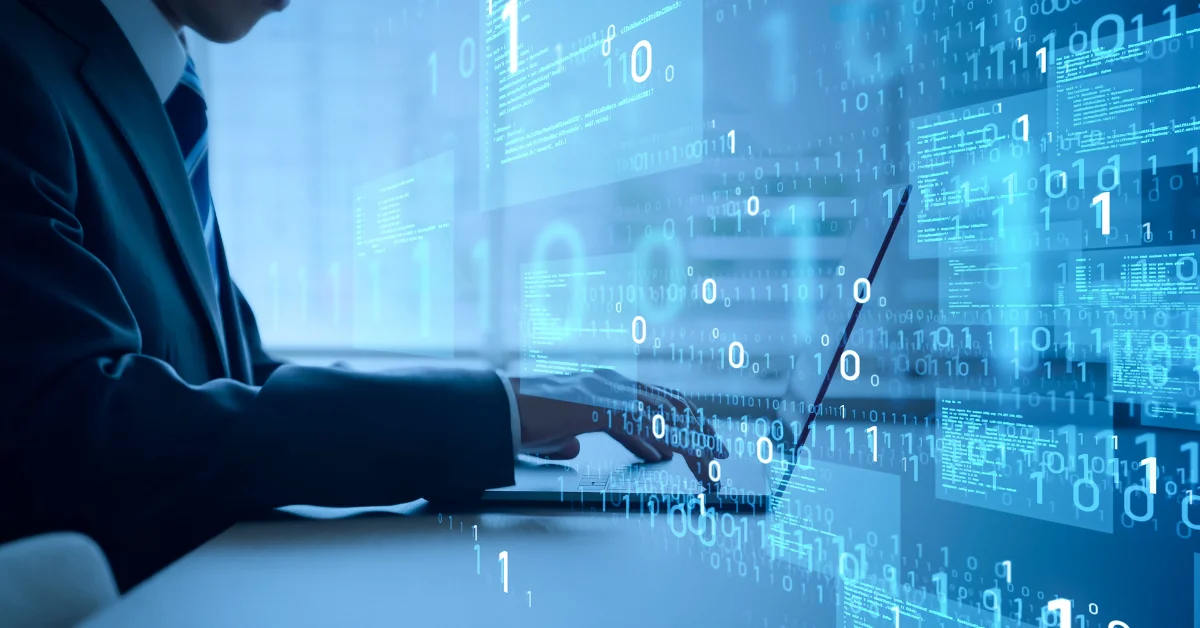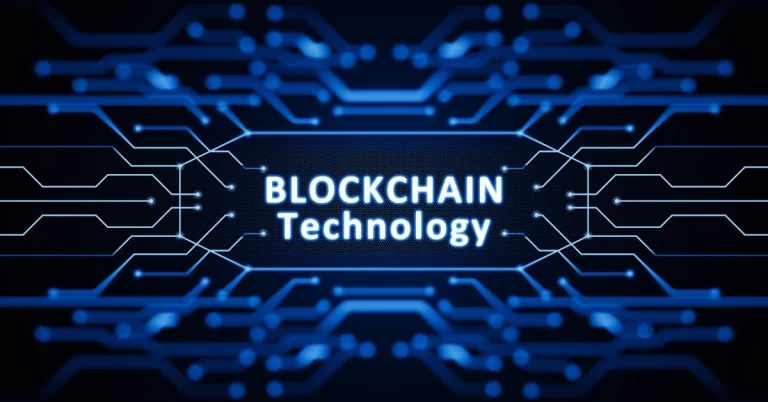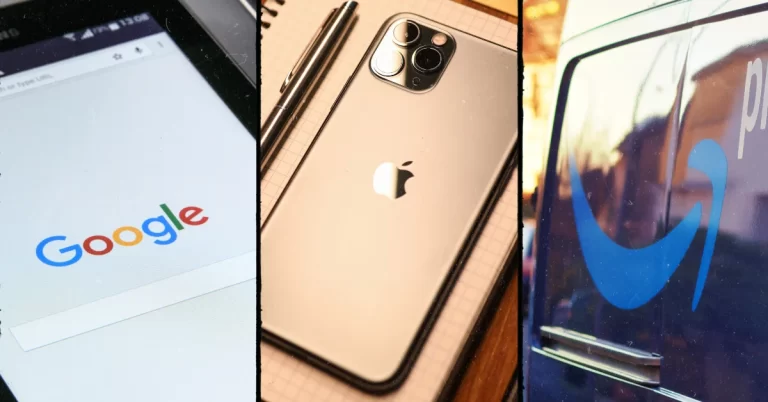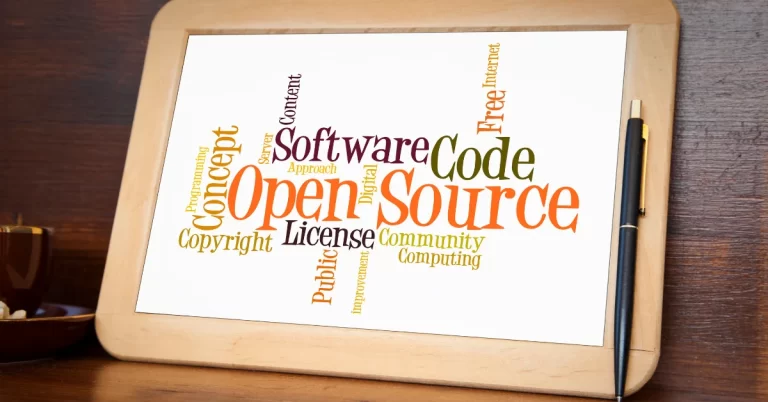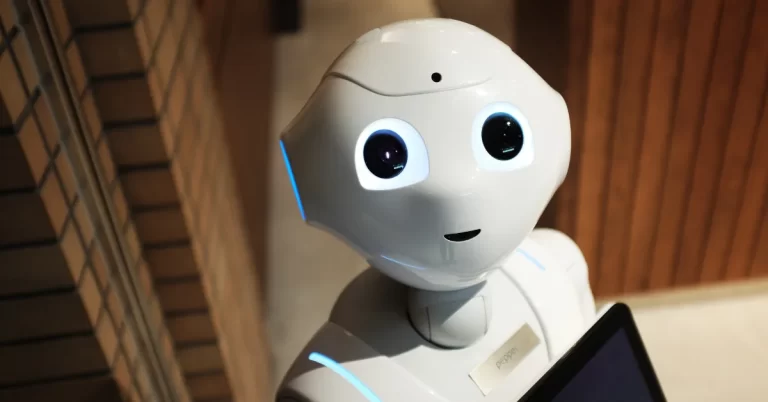Software Patents After Alice: Where We Stand Today
Back in 2014, the Supreme Court made a decision that sent shockwaves through the tech world. In a case called Alice Corp. v. CLS Bank International, the Court established a new test for determining when software-based inventions could be patented. In the decade since, this ruling has completely transformed the landscape for software patents in the United States.
As someone who helps tech companies protect their innovations, I’ve watched this evolution firsthand—seeing both the challenges and opportunities the Alice decision created. Today, I want to walk you through where we stand with software patents in 2025, and how innovative companies are successfully protecting their software-based inventions.
The Alice Decision: A Quick Refresher
Before diving into where we are now, let’s briefly revisit what happened in the Alice case and why it matters so much for software patents.
Alice Corp. had patents covering a computer system for reducing settlement risk in financial transactions. When they sued CLS Bank for infringement, the case made its way to the Supreme Court, which ultimately invalidated Alice’s patents.
The Court established a two-step test (now known as the “Alice test”) for determining when computer-implemented inventions are eligible for patent protection:
- Step 1: Is the patent claim directed to an abstract idea (like a mathematical algorithm, business method, or mental process)?
- Step 2: If yes, does the claim add “something more” that transforms the abstract idea into a patent-eligible application?
This decision immediately impacted thousands of existing software patents. In the months and years that followed, courts invalidated numerous software patents using this new test. Many observers initially feared this might be the end of software patents altogether.
The Initial Fallout: Software Patent Apocalypse?
The immediate aftermath of Alice was dramatic. Patent applications were rejected at unprecedented rates, and existing patents were struck down in court challenges. The hardest hit areas included:
- Financial technology patents
- Business method patents
- E-commerce technologies
- Abstract software processes
One of my clients, a fintech startup with an innovative payment processing system, had their patent application rejected shortly after Alice. The examiner simply stated that the invention was “directed to the abstract idea of processing payments” and lacked “something more” to make it patent-eligible.
This pattern repeated across the industry. Between 2014 and 2017, courts invalidated over 60% of challenged software patents. The USPTO rejection rate for certain types of software applications increased dramatically.
Many tech companies began questioning whether patents were even worth pursuing for their software innovations. Some shifted toward trade secret protection or copyright instead. Others simply accepted that their software might not be protectable through patents.
The Turning Point: Guidance and Clarity Emerge
Around 2019, the landscape began to shift as both the courts and the USPTO worked to provide more clarity on applying the Alice test. Two key developments helped stabilize the situation:
1. The USPTO’s 2019 Revised Guidance
In January 2019, the USPTO issued revised guidance on patent subject matter eligibility that significantly changed how examiners applied the Alice test. The guidance:
- Narrowed what qualifies as an “abstract idea”
- Provided specific categories of abstract ideas
- Created a new pathway for patent eligibility
- Gave examiners more concrete tests to apply
This guidance made it easier to predict how examiners would evaluate software patent applications and provided clearer pathways to approval.
2. Federal Circuit Decisions Clarifying Alice
The Federal Circuit (the court that handles patent appeals) issued several decisions that helped define when software inventions could be patented. Important cases like Enfish v. Microsoft, McRO v. Bandai, and Core Wireless v. LG established that software inventions that improve computer functionality or provide technical solutions to technical problems can satisfy the Alice test.
These changes didn’t reverse Alice, but they provided much-needed clarity about how to navigate within its framework.
Where We Stand Today: The New Normal for Software Patents
Fast forward to 2025, and we have a much clearer picture of what works for software patents. While challenges remain, there are now well-established strategies for obtaining valuable software patent protection.
What Types of Software Can Be Patented Today?
Based on current case law and USPTO practice, these types of software innovations generally remain patent-eligible:
- Improvements to Computer Functionality: Software that makes computers work better, faster, or more efficiently. Example: A database management system that reduces memory usage through a novel data compression technique.
- Technical Solutions to Technical Problems: Software that solves specific technical challenges. Example: A new algorithm that improves network security by detecting intrusion patterns that traditional methods miss.
- Improvements to User Interfaces: Software that creates specifically improved ways for humans to interact with machines. Example: A medical imaging interface that allows doctors to manipulate 3D scans in ways that improve diagnostic accuracy.
- Machine Learning Applications Tied to Specific Implementations: AI and machine learning innovations with specific technical implementations. Example: A specific neural network architecture optimized for analyzing sensor data from manufacturing equipment to predict failures.
- Software Combined with Hardware: Software innovations that are integrated with hardware systems. Example: Control systems for robots or IoT devices that enable new capabilities.
What Remains Challenging to Patent?
Despite the improvements, some types of software innovations still face significant hurdles:
- Abstract Business Methods: Software that simply implements business processes without technical improvements. Example: Basic e-commerce checkout systems or financial transaction processing.
- Fundamental Mathematical Algorithms: Pure algorithms without specific applications. Example: A general optimization algorithm without a specific technical implementation.
- Mental Processes Implemented on Computers: Software that merely automates processes that could be done mentally. Example: Basic data organization or comparison tools.
- Results-Focused Claims Without Technical Details: Patents that claim results without explaining the technical means to achieve them. Example: Claims that describe what the software accomplishes without detailing how it works.
Strategies That Work: How to Get Software Patents Approved
Over the past ten years, certain strategies have proven effective for navigating the post-Alice landscape. Here are approaches that work:
1. Focus on Technical Problems and Solutions
The most successful software patent applications clearly identify specific technical problems and explain exactly how the software solves them. This approach directly addresses the concerns underlying the Alice decision.
One client of mine developed software that improved how self-driving cars detect pedestrians in low-light conditions. Their patent application focused on the specific technical problem (unreliable pedestrian detection at night) and their novel technical solution (a specific algorithm that processes sensor data differently). The application was approved without any eligibility rejections.
2. Include Detailed Technical Descriptions
Successful applications include specific technical details about how the software works, rather than just describing what it does. This might include:
- Algorithm details
- System architecture
- Data structures
- Processing methods
- Performance improvements
The more technical meat you put on the bones, the less likely examiners are to view your invention as an “abstract idea.”
3. Emphasize Physical or Technical Effects
Applications that connect software to real-world physical effects or measurable technical improvements have higher success rates. This could include:
- Reduced power consumption
- Faster processing speed
- Improved accuracy
- Enhanced security
- Better resource utilization
A startup I worked with had developed a machine learning system for optimizing HVAC systems in commercial buildings. By emphasizing how their software directly controlled physical equipment and achieved measurable energy savings, they secured strong patent protection despite the AI aspects of their innovation.
4. Draft Claims at Different Levels of Abstraction
Smart patent strategies include claims at varying levels of abstraction, from highly specific to broader conceptual approaches. This creates multiple fallback positions if broader claims are rejected.
5. Conduct Pre-Filing Eligibility Analysis
Before filing, analyze your innovation against recent case law and USPTO guidance. This helps identify potential eligibility issues early and allows you to adjust your application strategy accordingly.
Recent Success Stories: Software Patents Granted
Despite the challenges, many companies are successfully obtaining valuable software patents. Here are some examples that highlight what works:
Cybersecurity Innovation
A cybersecurity company developed a novel approach to detecting network intrusions. Their patent application emphasized:
- The specific technical problem (detecting sophisticated multi-stage attacks)
- Detailed technical implementation
- Measurable improvements over previous methods
- Integration with network hardware
The USPTO granted the patent without raising any eligibility concerns.
Healthcare Analytics Platform
A healthcare startup created an analytics platform that improved hospital resource allocation. Their successful patent:
- Focused on specific technical challenges in processing diverse medical data
- Detailed their unique data processing architecture
- Demonstrated concrete technical improvements (processing speed, accuracy)
- Connected the software to real-world healthcare outcomes
E-Commerce Optimization
An e-commerce company secured patents on their recommendation engine by:
- Emphasizing the specific technical challenges in real-time recommendation generation
- Detailing their unique approach to data processing
- Documenting measurable improvements in system performance
- Including specific implementation details rather than just conceptual approaches
Looking Ahead: The Future of Software Patents
As we continue into 2025 and beyond, several trends are shaping the future of software patents:
1. AI-Specific Guidance
As artificial intelligence becomes increasingly important, patent offices worldwide are developing specific guidance for AI-related inventions. The USPTO has been working on AI-specific patent examination guidance that should provide more clarity for this growing field.
2. International Harmonization
Different countries have taken different approaches to software patents. However, there’s growing pressure for international harmonization to make global patent strategies more predictable. Efforts are underway to align approaches across major patent offices.
3. Industry-Specific Considerations
Different industries face different challenges with software patents. We’re seeing more nuanced approaches developing for specific sectors like healthcare, finance, and transportation.
4. Legislative Reform Possibilities
There have been ongoing discussions about potential legislative changes to clarify patent eligibility standards. While comprehensive reform hasn’t materialized yet, targeted changes remain possible in the coming years.
Practical Takeaways: Protecting Your Software in Today’s Environment
If you’re developing innovative software, here are the key lessons from the decade since Alice:
- Patents remain valuable for software innovations, but strategy matters more than ever before.
- Focus on technical problems and solutions rather than business concepts or results.
- Include detailed technical descriptions that clearly explain how your innovation works.
- Work with patent professionals who understand software and have experience navigating post-Alice challenges.
- Consider a multi-layered IP strategy that might include patents, trade secrets, copyrights, and contractual protections.
- Stay informed about evolving standards as case law and examination guidance continue to develop.
The Alice decision didn’t end software patents—it just raised the bar for quality and technical substance. Companies that adapt to these higher standards can still obtain valuable patent protection for their software innovations.
As a patent agent with experience in both software development and patent law, I’ve helped many clients navigate the evolving landscape of software patents. While this article provides general guidance, each innovation presents unique considerations. For specific advice about your software innovations, consult with a registered patent attorney or agent experienced in this specialized field.
